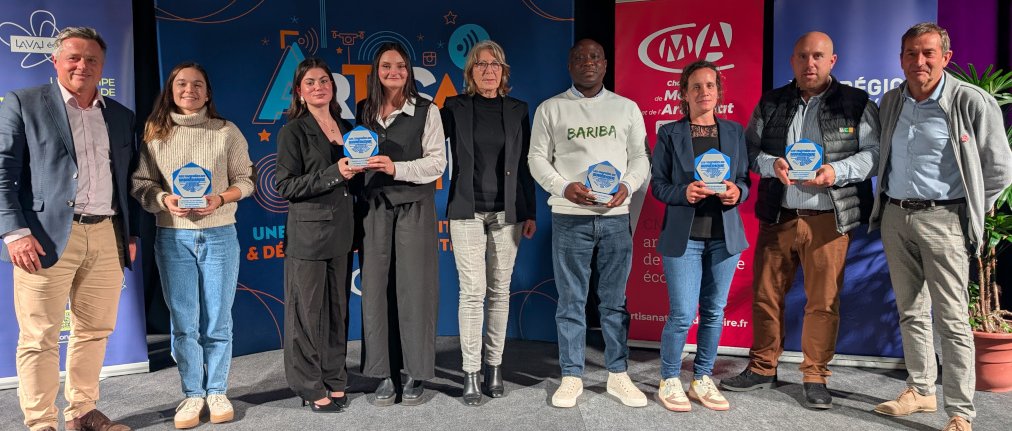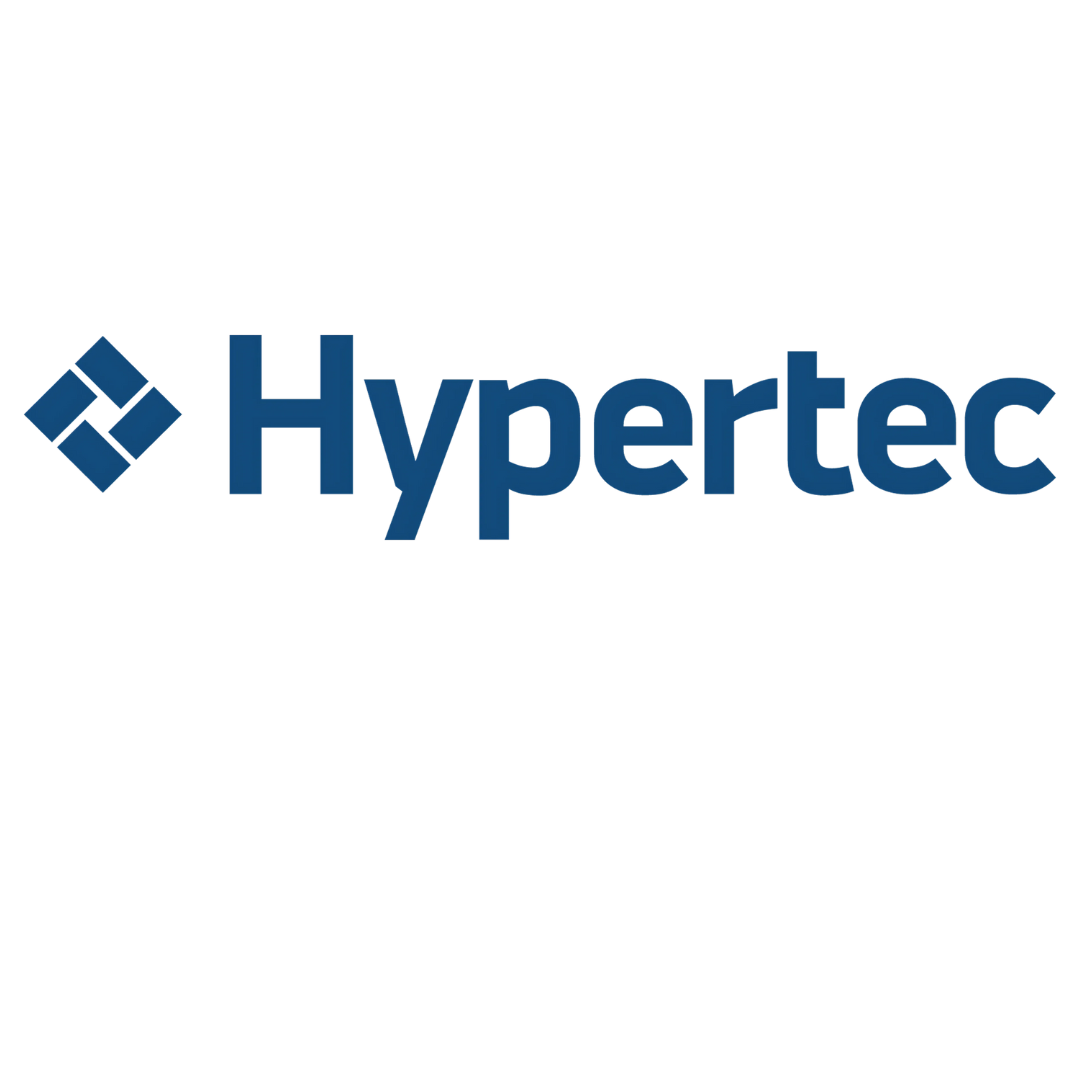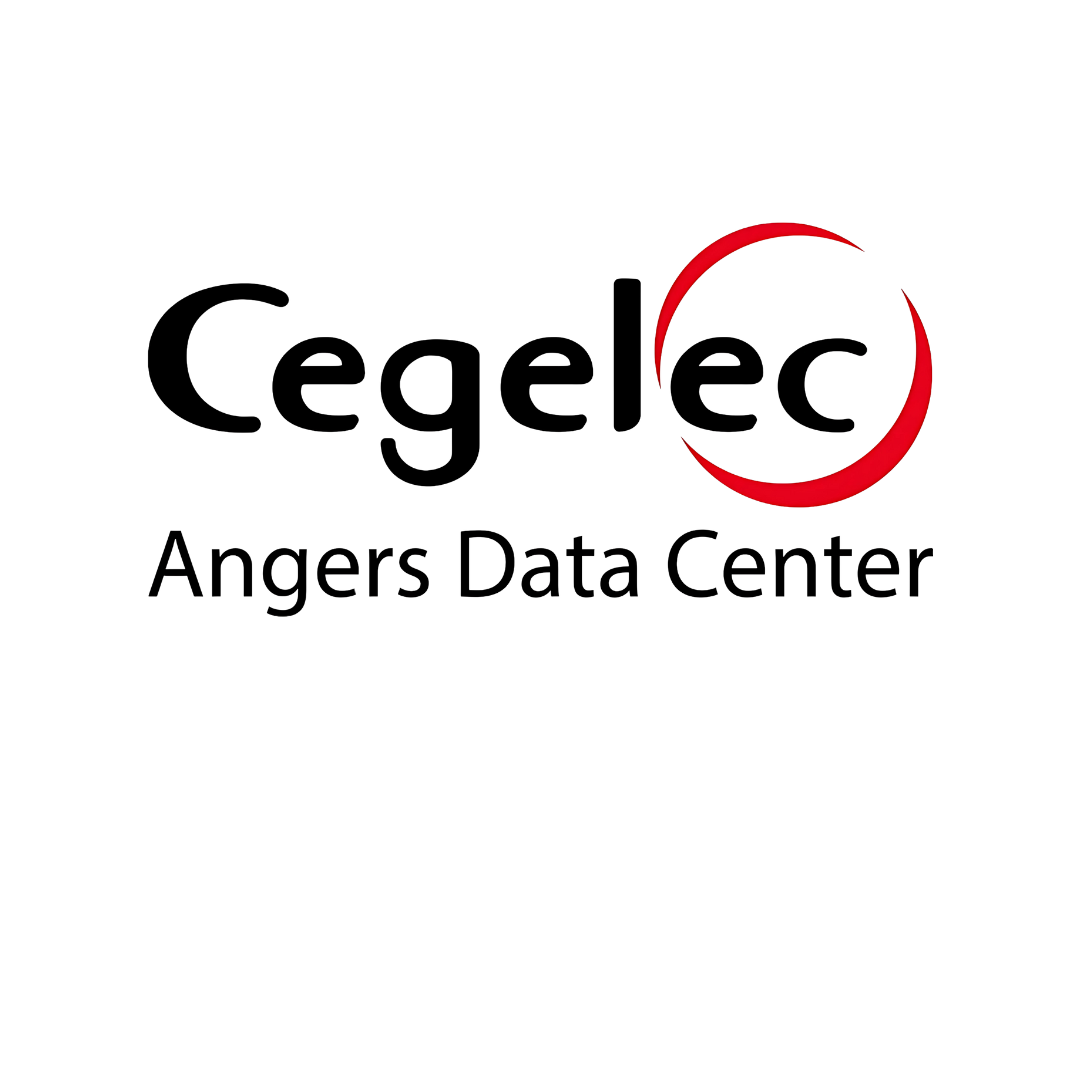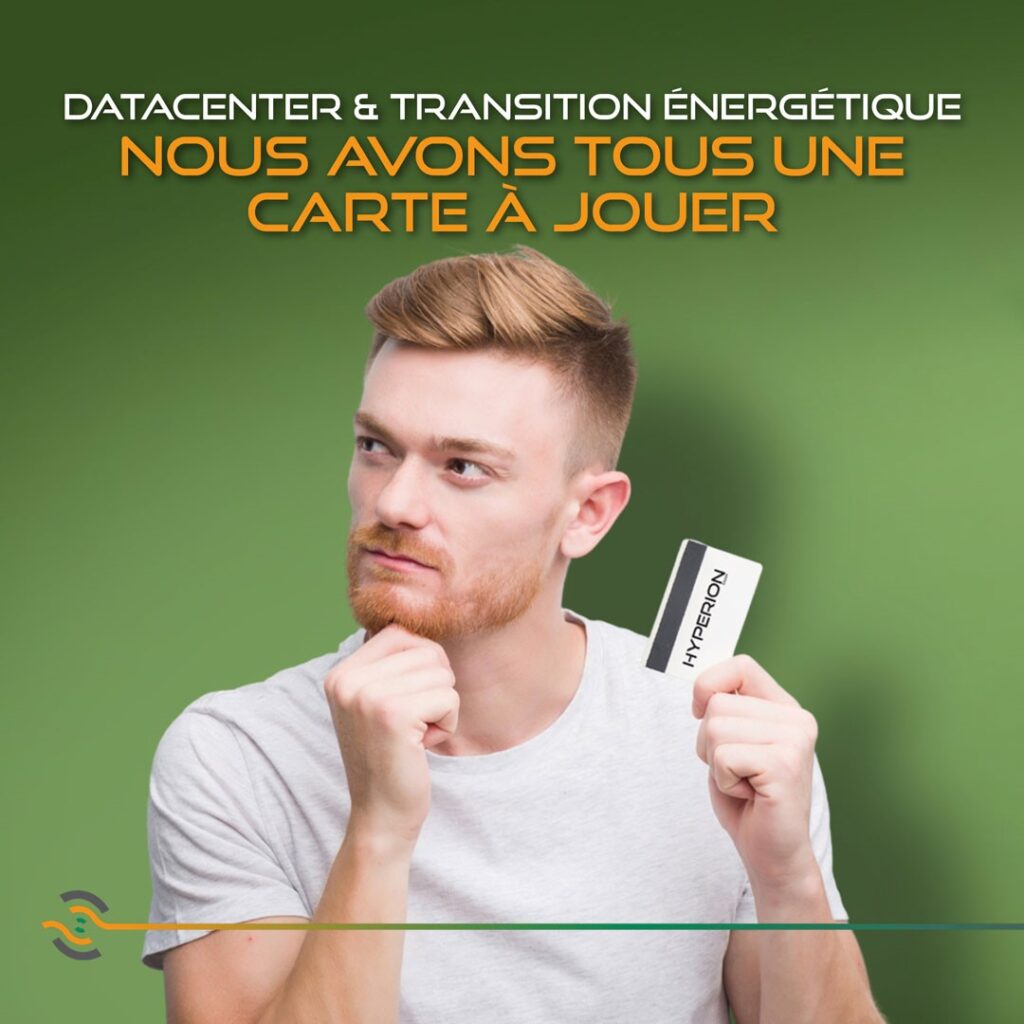
In the context of a global energy crisis and growing electricity demand, competition for energy supply is intensifying between cities and digital infrastructures, particularly data centers. These centers, essential to our digitized societies, consumed nearly 460 TWh in 2022, accounting for 2% of the global electricity demand.
Given this figure, it’s no surprise that data centers are categorized as major energy expenditure items…
But did you know that they can also be heat producers, and this heat can be reused to warm a building, for example? More information below.
In a European context where half of energy consumption is dedicated to heating, the waste heat from data centers represents an underutilized opportunity for energy optimization and decarbonization. But how can we recover the heat produced by data centers?
Reuse of heat from data centers
Traditional data centers are constantly powered by electricity and generate heat while operating, which must be removed to ensure the proper functioning of the hardware and the safety of the equipment. This cooling represents, on average, nearly 40% of a data center’s electricity consumption. It is often provided by an air conditioning system. In this scenario, the heat is neutralized and wasted.
With next-generation data centers, known as “responsible” or “virtuous” like Hyperion, the heat generated can be redistributed to buildings and other facilities, providing a more ecological and cost-effective alternative to traditional heating systems. This is a sustainable and innovative solution that is rapidly expanding.
The HYPERION model: an investment with a quick ROI
Launched in 2022, the Hyperion solution is a cloud service with a low environmental footprint created by Groupe Numains (53). As a responsible data center, this solution does not use air conditioning and allows for up to 50% electricity consumption savings compared to a traditional data center. These performance levels are made possible by immersion cooling technology, which is increasingly favored.
How des it work ?
1 – The servers are immersed in a dielectric fluid contained in a large stainless steel tank.
2 – The generated heat is recoverable and can be reused.

3 – This heat recovery is achieved simply by connecting to a closed water loop (no water loss).
4 – The heat can thus be used according to the building’s needs (boiler, underfloor heating, domestic hot water, etc.).
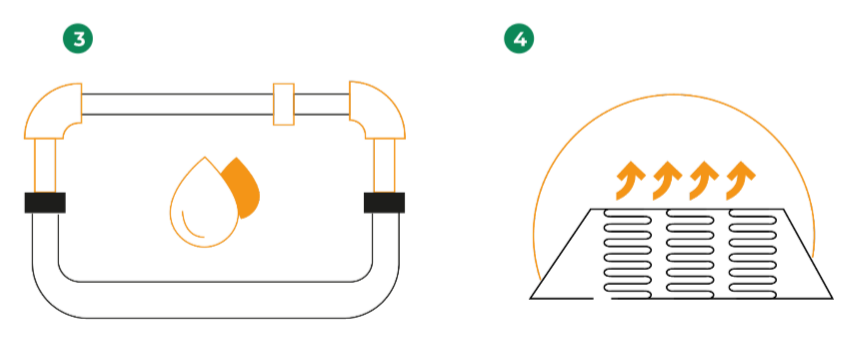
Want to learn more about how HYPERION works? Check out our video: https://www.youtube.com/watch?v=wqsRVzwNrtM&t=3s
Decarbonization efforts: a European battle.
The International Energy Agency has warned that global electricity demand from data centers could double by 2026, exceeding 1000 TWh, equivalent to Japan’s consumption. This exponential growth, also anticipated by the Uptime Institute, raises concerns about carbon emissions and pressure on electrical grids. In response, several European cities, such as Amsterdam and Dublin, have implemented moratoriums and regulations to control their expansion and promote the efficient use of energy resources.
In France, the 2015 energy transition law aimed to quintuple the delivery of renewable and recovered heat and cold compared to 2012. In this context, reusing the waste heat from data centers to power these district heating networks presents an opportunity to support the energy transition, address climate challenges, and promote a circular and sustainable economy.
Moreover, regulations and technological advancements, particularly in energy efficiency, will play a crucial role in mitigating the increasing energy consumption of data centers. The revised Energy Efficiency Directive by the European Commission, adopted in July 2023, aims to enhance transparency and accountability among data center operators to optimize electricity demand management. Furthermore, starting in 2024, operators will be required to report their energy performance, and those whose total nominal capacity exceeds 1 MW will be obliged to reuse waste heat.

